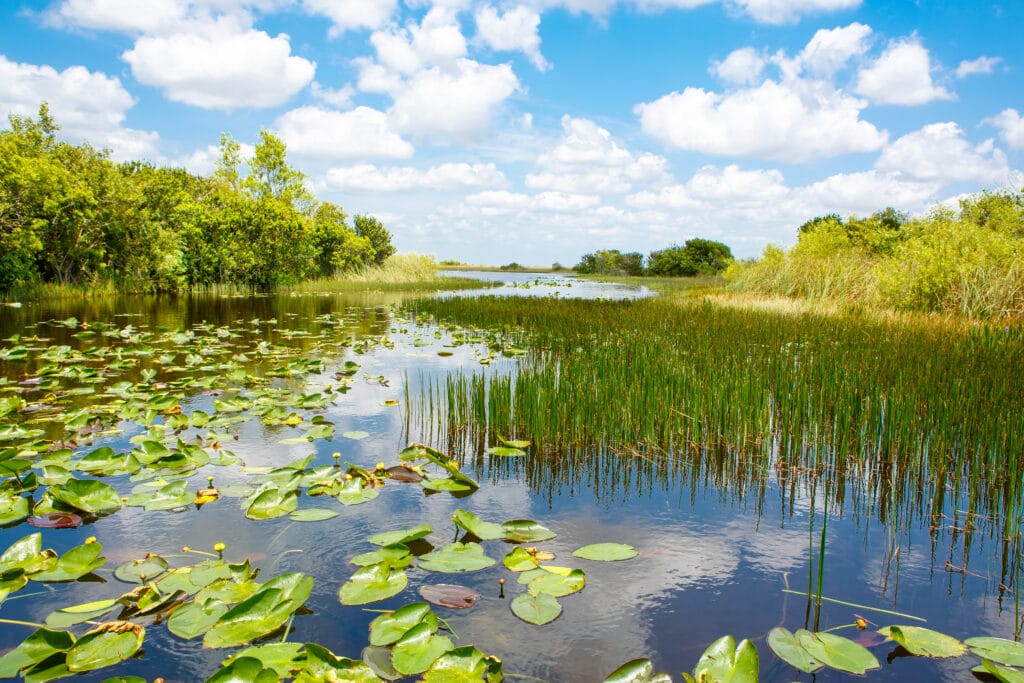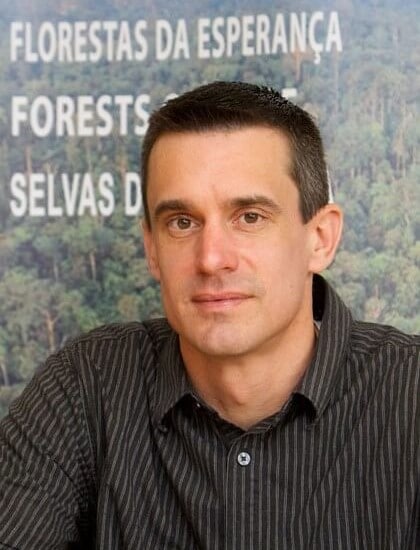Latest science: which habitats should we restore first?

Conservation isn’t just about preserving pristine natural habitats. To thoroughly address the climate and extinction crises, we also need to restore ecosystems that have been degraded or converted to other uses. But where to start? BirdLife’s Chief Scientist Dr Stuart Butchart discusses a new study he co‑authored.
Which factors make some locations higher priority than others?
The benefits and costs of restoration vary substantially across the world. The amount of carbon that would be captured by restoring a site differs depending on habitat and location, and the biodiversity value of locations also varies. Added to this, habitat restoration is much cheaper in some locations than others.
How did you explore these trade-offs?
We collaborated with scientists at the International Institute for Sustainability in Brazil – along with other institutions – to use an approach called ‘linear programming’. Through this method, we calculated the optimal distribution of restored sites under three criteria (minimising extinctions, mitigating climate change and minimising costs) under 1,200 different scenarios.
What were the key findings?
Priority areas for restoration varied wildly depending on which of the criteria we focused on. Overall, we found that restoring 15% of converted lands in priority areas could avoid 60% of expected extinctions while capturing 299 gigatonnes of CO2 – 30% of the total CO2 increase in the atmosphere since the Industrial Revolution. Importantly, we found that it is much more cost-effective to optimise across multiple criteria simultaneously. This highlights the importance of spatial planning and pursuing climate and biodiversity goals simultaneously rather than separately.
Which kinds of habitat are important for restoration?
All biomes have an important role, but priority areas tended to be concentrated in wetlands and tropical and subtropical forests. These sites typically had high carbon stocks, high species diversity and considerable loss of natural habitat.
What were the limitations of the study?
We focused exclusively on areas that had been converted to other uses, since the costs and benefits of restoring degraded ecosystems are less well known. We also did not consider the way climate change is affecting the distributions of species, biomass and agricultural production. Finally, at local and national scales it is critical to consider socio-economic issues such as social equity and land tenure.
How can we turn information into action?
Governments have made bold commitments to restore ecosystems, including in relation to the UN Decade on Ecosystem Restoration (2021-2030), Bonn Challenge, New York Declaration on Forests and the Paris Climate Accord. Our methods and results can help nations to develop efficient spatial plans that ensure such restoration delivers maximum benefit for biodiversity and climate change, while minimising costs.
Global priority areas for ecosystem restoration is published in Nature.
“Priority areas tended to be concentrated in wetlands and tropical and subtropical forests. These sites typically had high carbon stocks, high species diversity and considerable loss of natural habitat.”Stuart Butchart, BirdLife Chief Scientist and co-author of the paper
Stay up to date
Sign up to receive the latest bird conservation news. You’ll also receive updates about our projects, science and other ways to get involved including fundraising.
Thank you for your support, we are committed to protecting your personal information and privacy. For more information on how we use your data, please see our Privacy Policy. You can unsubscribe from emails at any time by using the link in the footer of any email from us.


